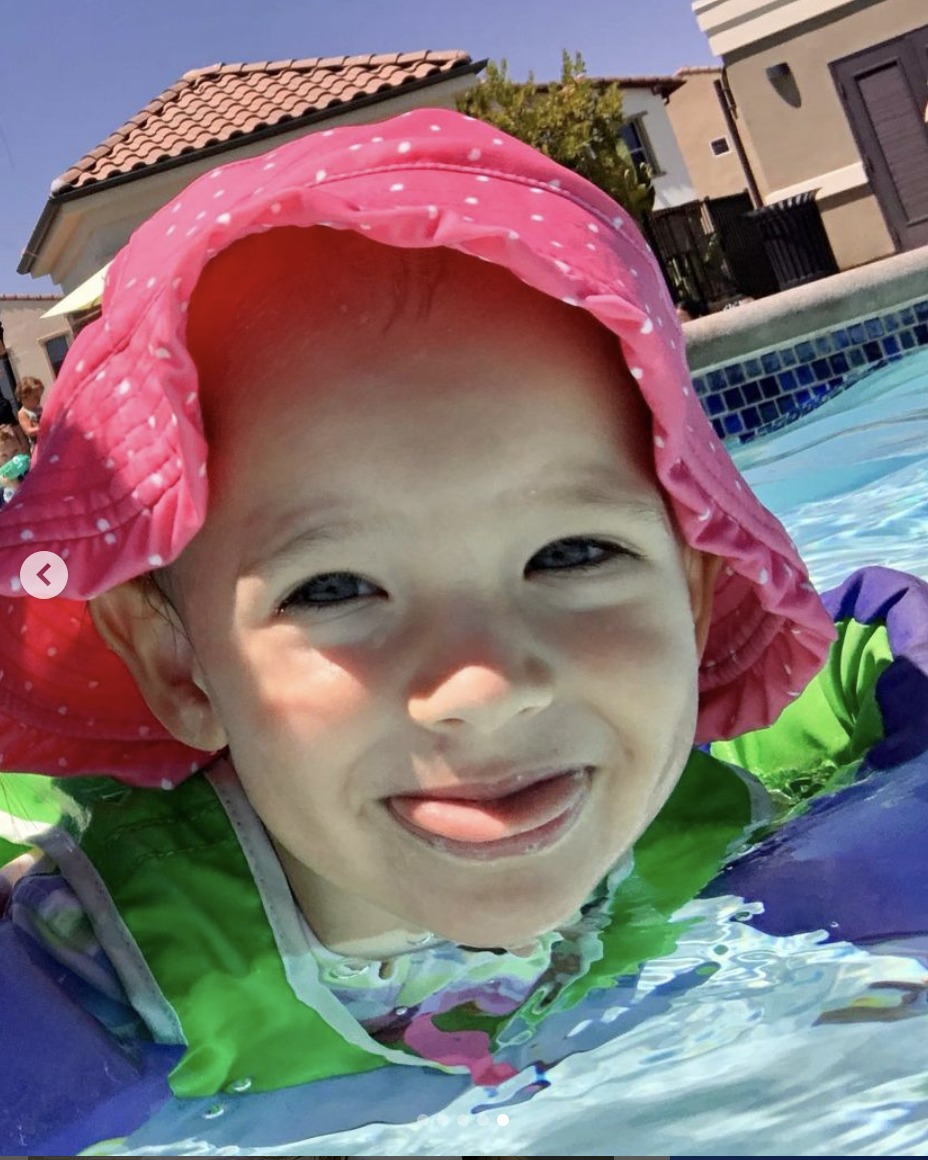As a trained lifeguard I have rescued a handful of children out of the water for near-drowning and often not while on duty. I am sharing a video of my 2-year-old son bouncing off a ledge in deep water during class. Like any 2-year-old, he would not hold onto the wall. I sat adjacent to the class because I did not feel comfortable. I was yelling to my son to stop jumping by the time this video was taken and the teacher was headed back to him. One deep inhalation of water can do lung damage. In residency, it is not infrequent to lose at least one patient to drowning.
Someone dies from drowning every 10 minutes. One out of every five drowning victims is a child, and, for every child who drowns, another five children get treated with injuries related to being submerged in water.
Overall, drowning is the No. 2 leading cause of death for kids aged 5 to 14.
Top 10 Water Safety Tips for Families
- Never Swim Alone. Use a buddy system and swim when a lifeguard is present.
- Supervise Children. Even strong swimmers need supervision; they’re prone to trying dangerous tricks, flips and dives. Put your phone away and take turns watching the pool, so everyone gets an equal chance to relax. Make sure the supervisors are not drinking.
- Don’t Play Breath-Holding Games. These games can cause drowning and has several other severe risks. Competing to see who can hold their breath underwater, and other similar games, can be dangerous and should not be part of any water-related activities. If a swimmer holds their breath too long or hyperventilates before going underwater — meaning they are breathing deeper or faster — they are at a higher risk of passing out underwater.
- Always Wear a Life Vest; Inexperienced swimmers should always wear one and have a parent or trustworthy adult is within arm’s length of the child using them.
Also, remember a life jacket or other flotation device should never be an excuse to ignore other water safety guidelines. Life jackets alone are not enough when it comes to staying safe around water. - Teach children “reach, throw, don’t go” technique for drowning friends. A child’s first instinct may be to jump in to help. However, doing so could lead to both people drowning.
- Enter the Water Feet First. Severe injuries can occur when kids jump or dive headfirst into shallow water. If your pool does not have an area designated for diving, do not allow it, no matter how deep the water.
- Stay Away From Pool Drains. Show your child what the pool drain looks like and explain to them the importance of staying clear before they even begin playing. Hair, bathing suits and even limbs have become stuck in broken or faulty drains.
- Avoid Using Alcohol when swimming. It impairs judgment, coordination and balance. Images of teens and young adults enjoying alcohol poolside are common on television and in movies, leaving your real-life teens a dangerous picture to copy, so make sure your teens understand the truth behind mixing water play with alcohol. Never consume alcohol while you’re supervising your children in the water. Not only can it cause you to become distracted, but it could leave you unable to function appropriately if an emergency should happen.
- Learn CPR. Check out the American Red Cross, your local hospital or other community organizations.
- Find classes and Teach Your Kids to Be Safe in the Water. By being honest about why they need to be safe, the way you teach your children to look both ways before they cross the street. Classes should have:
– Instructors who are in the water with the students at all times
– Teachers who are trained swim instructors, as well as certified in CPR and first aid
– A place for parents to observe
– Limited class sizes
– Instruction in survival skills before teaching strokes

